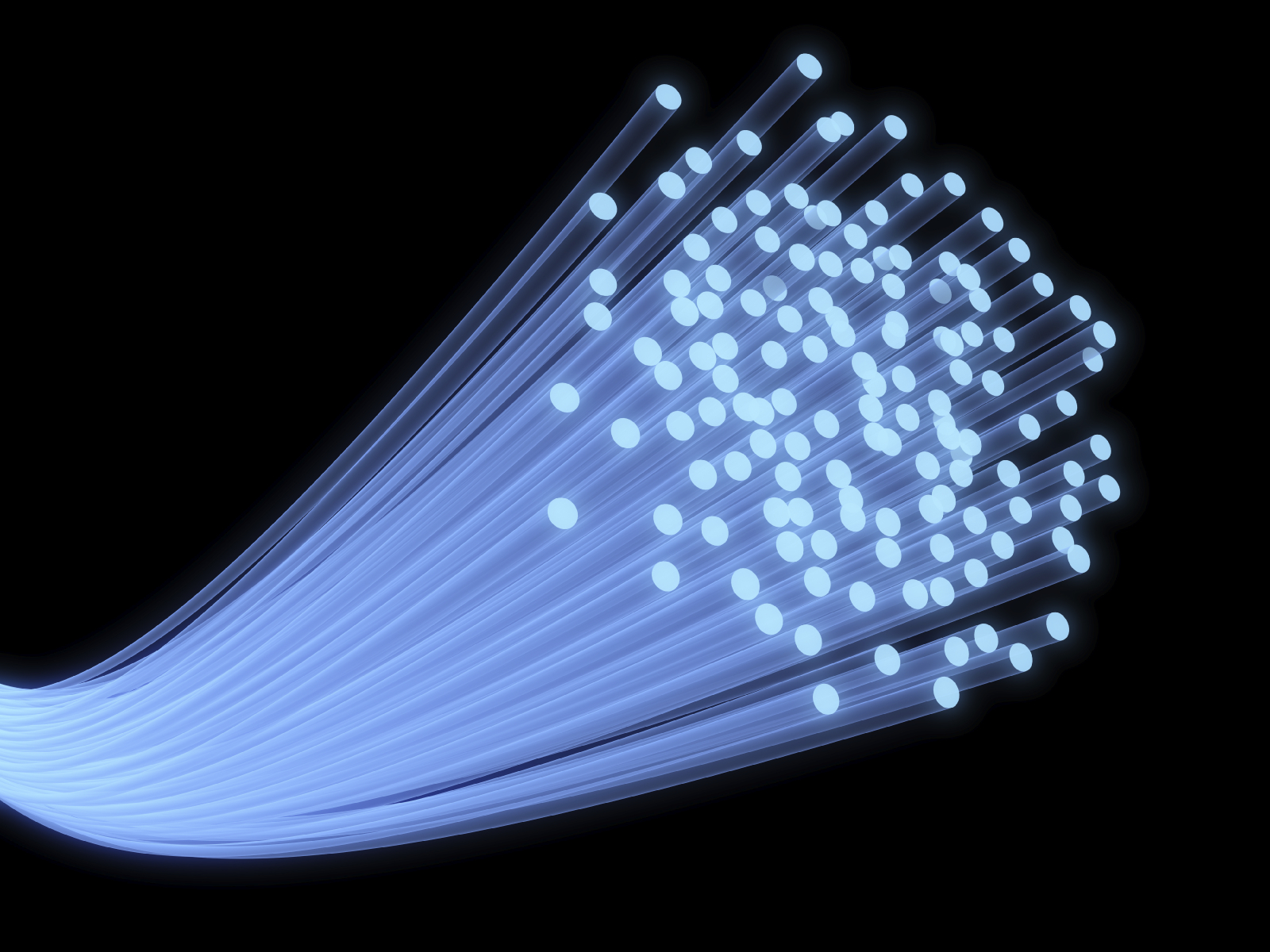As the world’s population grows and urbanisation increases, society will increasingly rely on communications technology to help overcome its many challenges.
According to the United Nations, by 2050 nine billion people will live on earth, of which 70% will be in cities. This demographic change, together with globalisation, climate change and the need for greater efficiency in the use of energy, space, budgets and time will force cities to come up with more innovative and far-reaching solutions.
The smart city presents a positive vision of this future, in which the everyday lives of inhabitants are improved by technology in many different ways. Primarily it will be a question of connecting the infrastructure elements to each other in order to exchange and use data to boost efficiency in almost every facet of life, says Hakan Ekmen, chief executive, P3 communications GmbH.
Connecting to succeed
Connected, integrated information and communication technology is the foundation on which the smart city will be built, with mobile connectivity right at its core. In the age of the connected car and smart transport management, the ability of people and things to connect with other things while on the move is vital.
The smart city will use mobile connectivity to provide new modes of healthcare, green initiatives about energy and resource savings, enhanced waste management, increased safety, easier access to knowledge and better governmental processes. This connectivity will bring increased efficiency in the surveillance of buildings, automation of their heating and cooling, as well as smart metering and the operation of intelligent emissions control systems. Several West European countries, for example, currently have large-scale energy saving schemes in preparation, requiring new in-house wireless connections for both industry and private homes.
Given this range of uses, the quality and reliability of connectivity will become critical to the smart city, making the reliable measurement and testing of telecommunication networks and services indispensable. These networks must do what they say they will do. If the exchange of electronic data is to be secure there must be faith in the system by which that vital information is transmitted.
The technology drivers
The greatest facilitators of smart city development will be machine-to-machine (M2M) and related Internet of Things (IoT) technologies. Here the driver will be customer demand created by global companies offering applications that can be adapted for local use. Cities that are supportive of IoT and have the connectivity to support it are likely to develop smart capabilities very quickly.
Yet connections must be reliable. As cities become increasingly congested, local authorities will want to use IoT technologies to ease all their transport and traffic problems with an integrated solution, in the process reducing the threats to health from pollution.
If there are gaps in the infrastructure, truly smart or driverless electric cars will not work because either their automatic driving processes will be interrupted, or their owners will find the batteries constantly run out before they can find a charging point. Intelligent traffic management systems also require the interaction between vehicles and infrastructure to be seamless if journeys are not to become too irksome or difficult.
Social change
Social factors are also very important drivers. In most countries the attractiveness of cities for young people and younger families is increasing, yet they expect access to rapid transport systems along with fast and stable mobile connectivity. The increase in remote working or home offices is also an influential trend, reliant on broadband connections which are secure and resilient.
At the other end of the age-range, another very significant factor will be the growing numbers of elderly residents. As manpower and resources are squeezed by pressure on services, remote systems to supervise individual health requirements will certainly develop even further than they have today, built on the smart city’s capacity to provide stable, always-on, short-delay connections to a local health centre or hospital.
The growing sophistication of e-commerce businesses and the everyday reliance on social networking will be another set of strong drivers, along with the reorientation of younger audiences towards digital entertainment such as video gaming and streaming. All this makes fast and resilient connectivity utterly essential.
The needs of business
Increased use of cloud services by consumers and the exponential growth in the use of cloud-based big data and analytics by enterprises will also be huge factors. City-based enterprises using these services will demand good, stable and fast Internet connections to boost productivity, along with smart transport, excellent entertainment and a higher quality of life for their employees.
It is worth remembering that such tax-payers (corporate and individual) are of substantial importance for all successful cities. Enterprises that feel they are missing out on productivity and competitiveness because a city is stuck with poor mobile communications, will simply relocate, taking their taxable revenues with them.
Measuring success
The success of smart cities will in large part be measured by the extent to which they can offer fast, ubiquitous and utterly reliable connectivity. It will be essential to the attraction of new businesses and tech-savvy, younger age-groups on which the smart city will depend. These educated and mobile citizens will not tolerate bad connectivity, time-consuming and poorly organised public transport, or traffic congestion and pollution. Nor will they want to live in a city incapable of benefiting from advances in energy-reduction technology and remote medicine. Increasingly, they also want to interact with local government by smartphone no matter where they are.
This will all require mobile communications services that can be shown to deliver the fast speeds and reliability that businesses and consumers demand. It makes regular testing by respected benchmarking companies an integral part of smart city development. Without it the telecommunications companies cannot identify gaps and inadequacies in their services, nor can businesses and consumers be fully confident that what they are being offered is what they want and what they actually receive.
There may be many infrastructure hurdles to overcome in the next few years, but it will be the ability to demonstrate reliable and fast connectivity that will give a community the biggest advantage in the new era of smart cities.
The author of this blog is Hakan Ekmen, chief executive, P3 communications GmbH
Comment on this article below or via Twitter: @IoTNow_ OR @jcIoTnow










